The Q’eswachaka bridge is woven by hand and has been in place for at least 600 years. Once part of the network that linked the most important cities and towns of the Inca empire, it was declared a World Heritage Site by Unesco in 2013
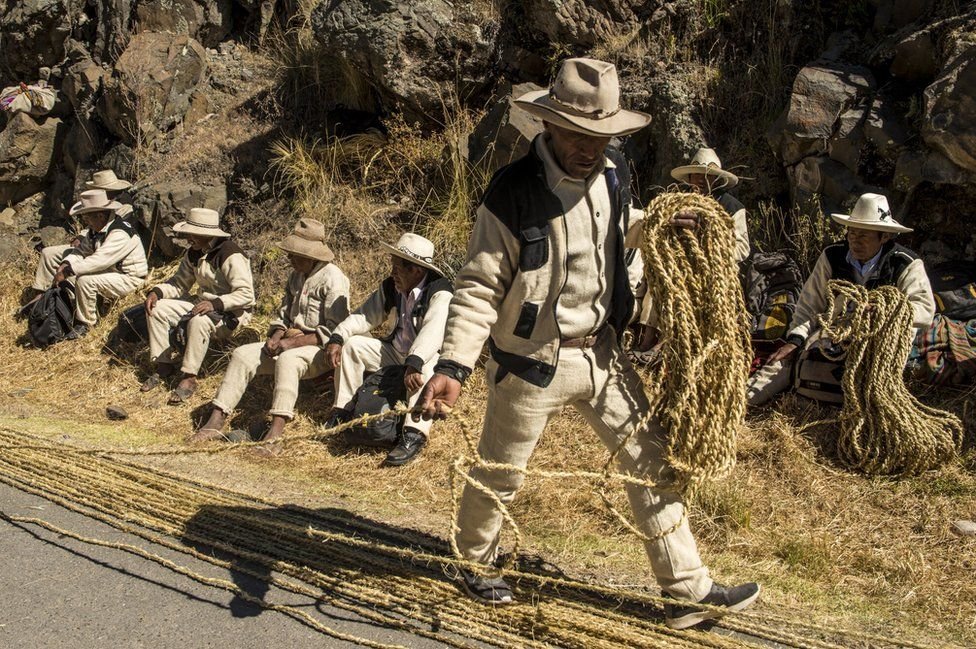
The tradition has been handed down from generation to generation with each adult in the communities on both sides to bring new life to the crossing and keep that habit alive.
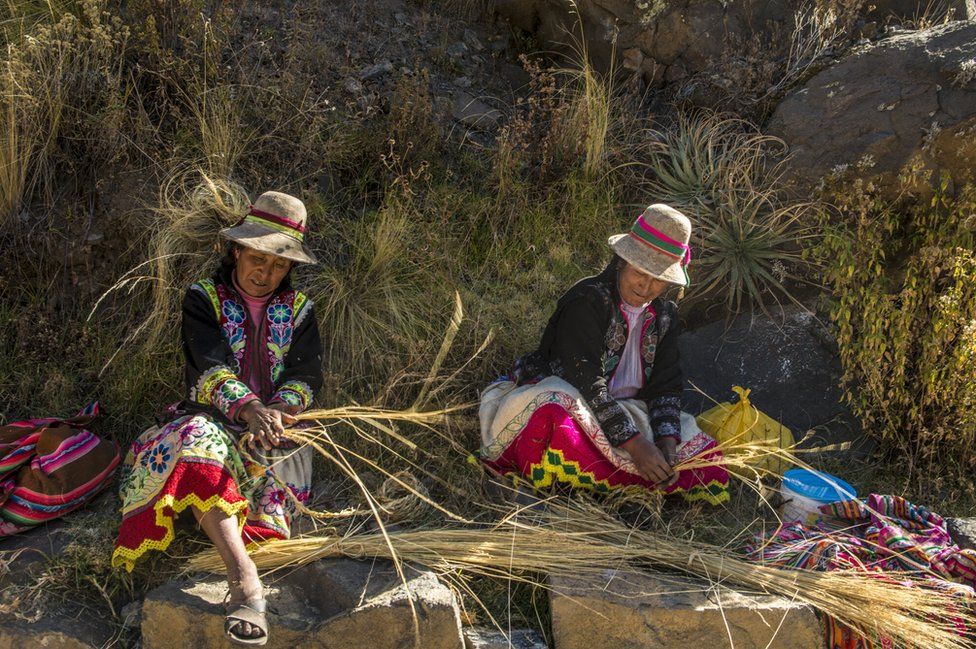
Tradition dictates that only men can work on making the bridge. The women remain at the top of the throat, weaving the smaller ropes that will be used on the bridge which is a great support.
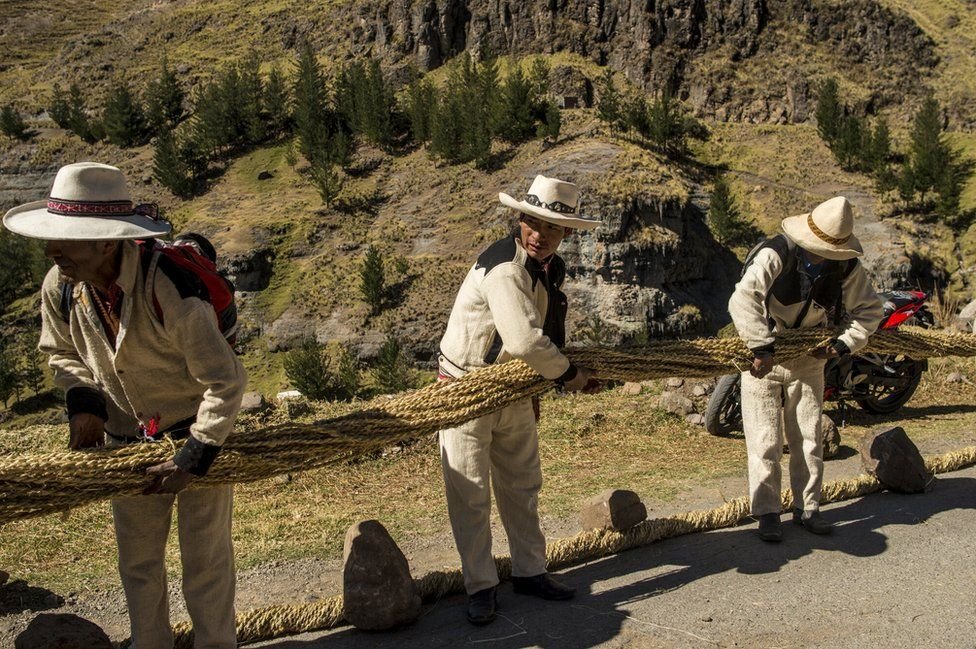
During the first day of the reconstruction, the men gather around the old bridge and weave the smaller ropes into larger ones. The bridge’s main support comes from six large, three-layered ropes approximately one foot thick, each of which contains approximately 120 thinner ropes.
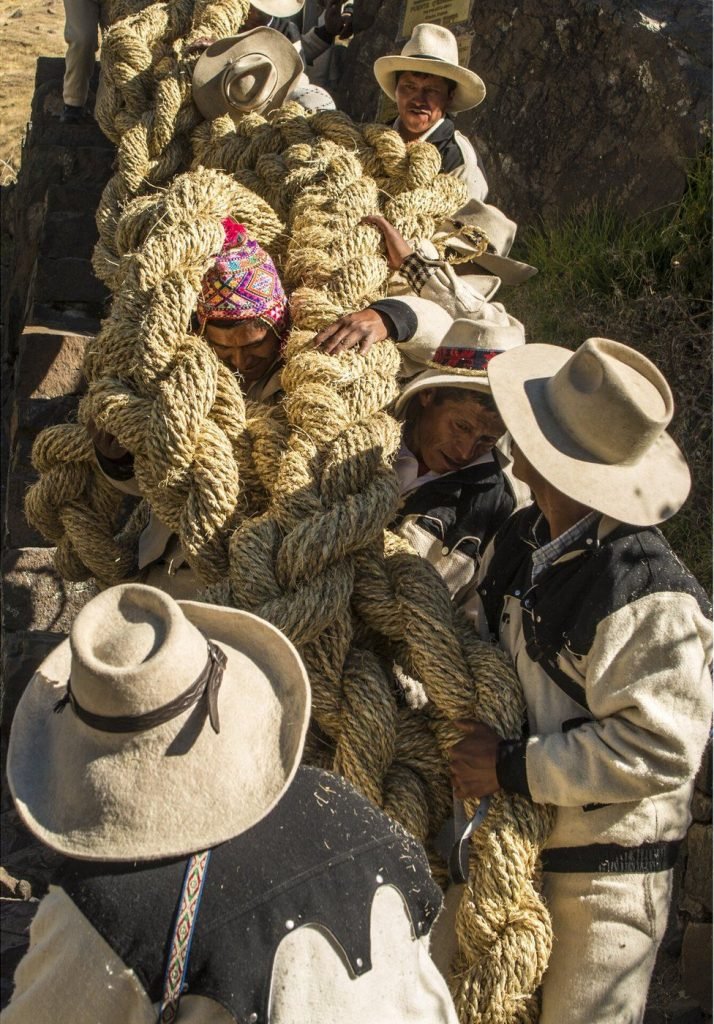
Each family contributes sections of two-ply rope, woven by hand using a type of hardy grass, known locally as qoya ichu. In order to be more pliable, the grass has to be first beaten with a round stone and then soaked in water.
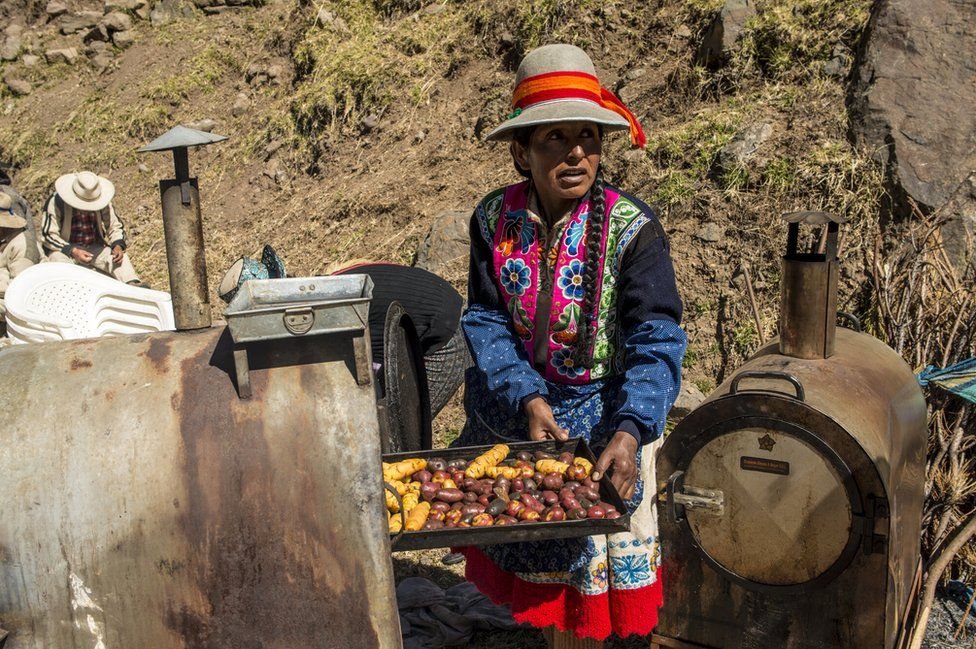
While everybody is busy, several villagers cook in wood stoves which have been brought from the villages for the occasion. Chicken, cuy (guinea pig) and trout from the Apurimac river are the most common dishes prepared, all accompanied by locally grown potatoes of different shapes and colours.
The old bridge is cut away and allowed to float downstream, where it will simply rot away, as it is made of grass.
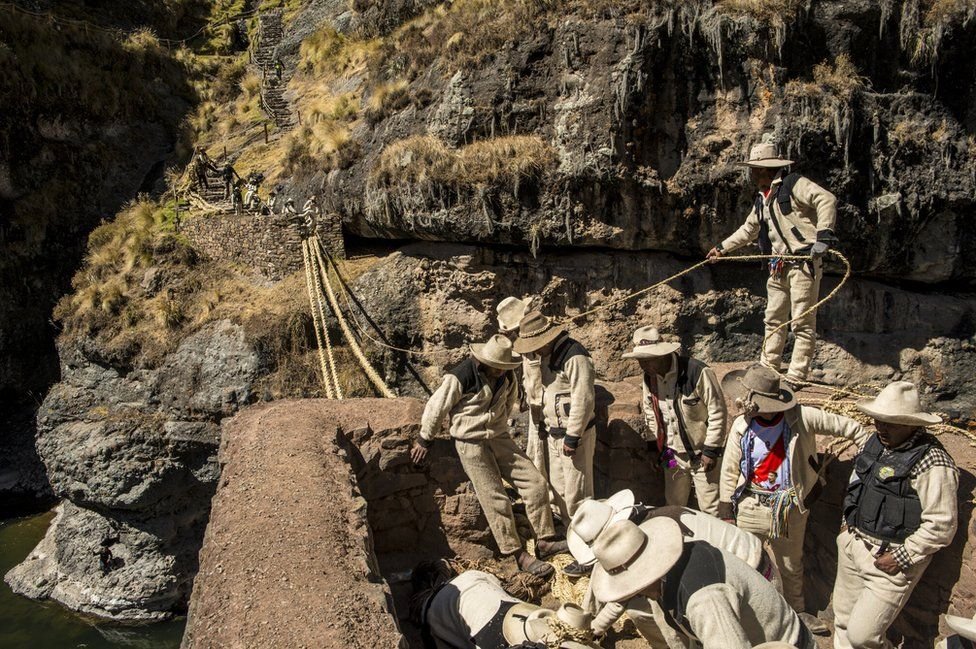
Four of the six ropes of woven grass will become the floor of the bridge and the other two will be the handrails. All six ropes are firmly tied to large supports made of carved stone on both sides of the canyon. It takes most of the day for the men pull the ropes tight to the correct tension.
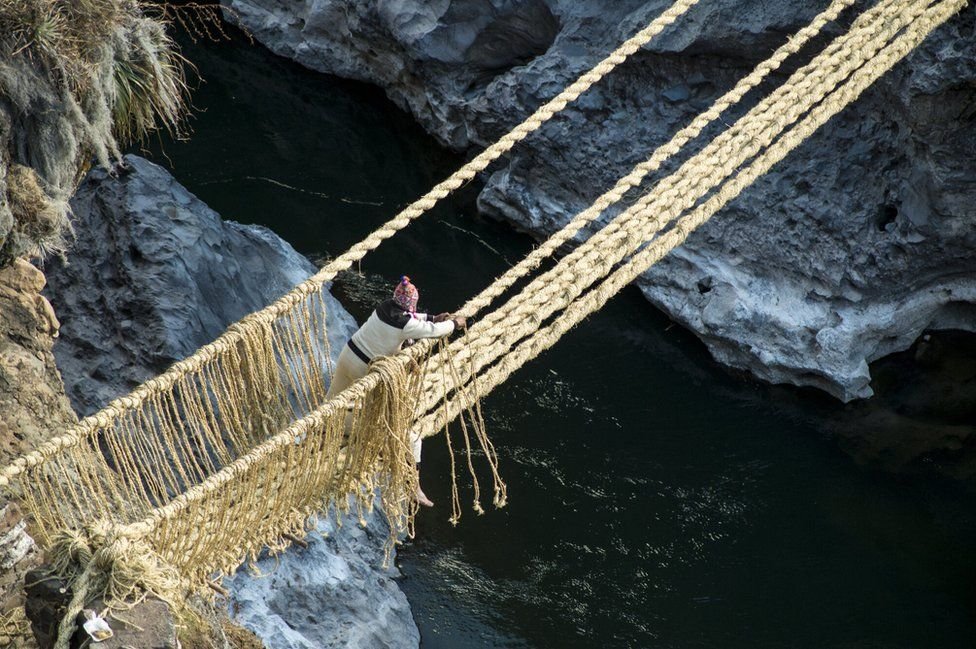
On the third day, a handful of men with no fear of heights walk the structure while tying small ropes from the handrails to the floor, making a fence which enables everybody to cross the bridge safely.
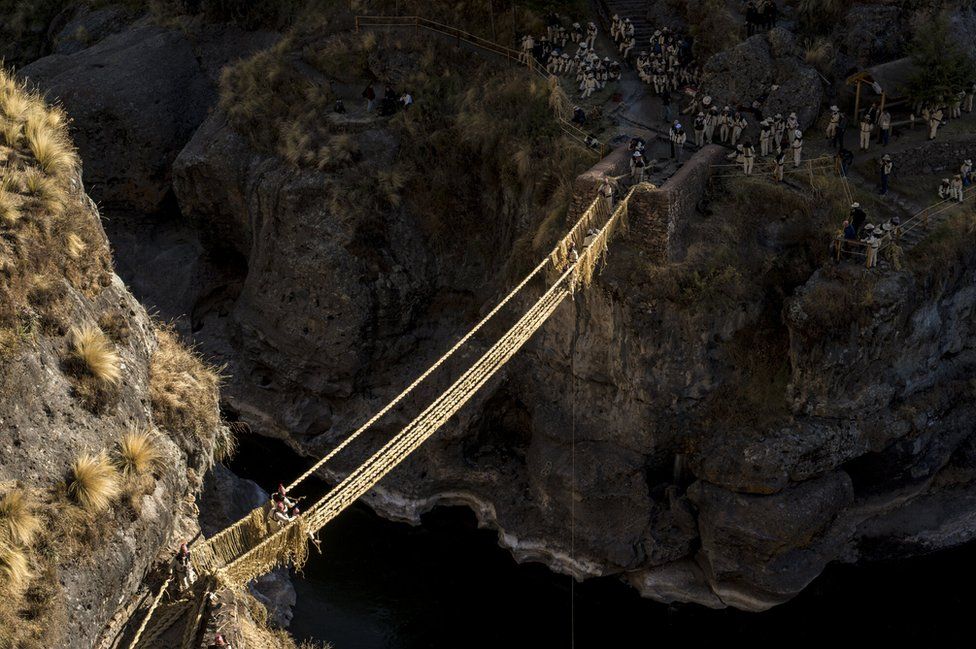
No modern materials, tools or machines are used in the whole process of building the bridge – only grass and human power.
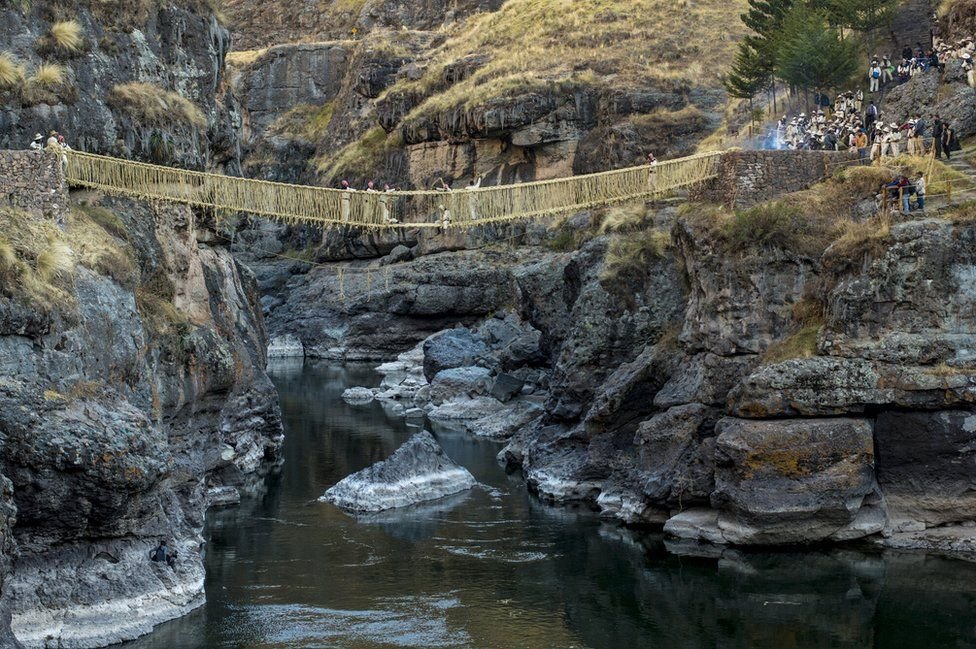
The reconstruction of Q’eswachaka takes place once a year, and finishes with a celebration of food and music on the fourth day, which always coincides with the second Sunday of June.
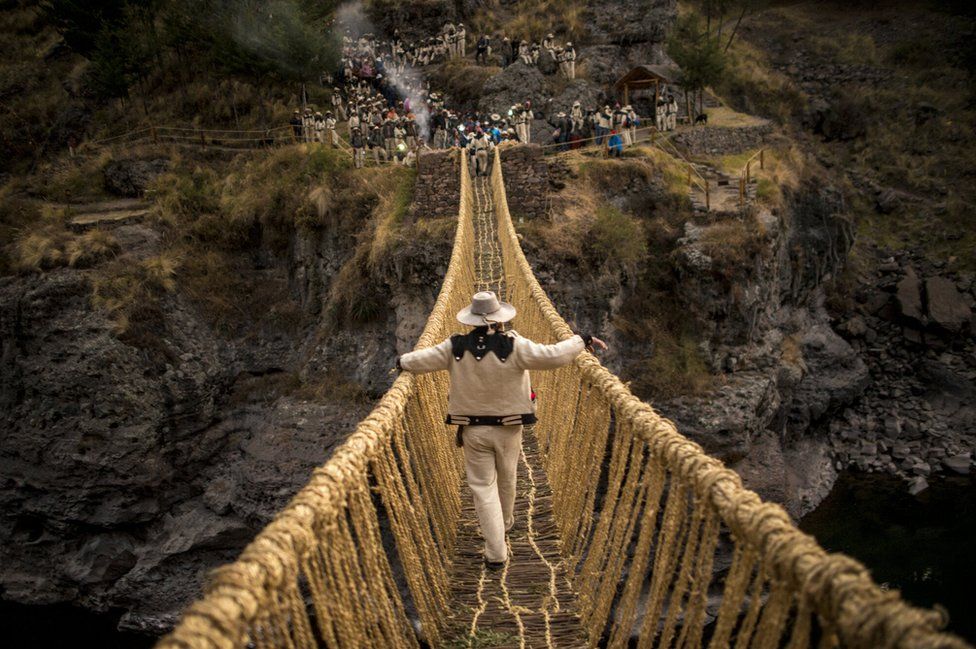



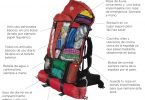
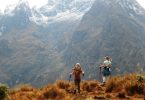

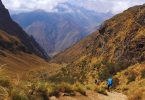


Qeswachaca is undoubtedly one of the places that until today shows its culture and tradition intact, the amazing thing is the construction that they do with their hands and that is done year after year. https://www.crossoverperu.org/
Hello, i think that i saw you visited my blog so i came to “return the favor”.I am trying to find things to enhance my web site!I suppose its ok to use a few
of your ideas!!
HI. We dont have any problem. thank for your visit.